My Food Dryer Experiment (4)
Most of the foreign food dryer recipes only have the drying time of foreign fruits. How long does it take to dry the unique fruits in Taiwan? I have to do experiments by myself. The author has lived abroad for the past five years, and what I miss the most are the lychees, mangoes, and red plums that are abundant in early summer in Taiwan. I haven’t eaten them in the past five years. As a result, due to the abnormal weather in March this year, the output of lychee and mango is less than one-fifth of last year's. The prices of these two fruits are sky-high, and they are too expensive to eat fresh. Probably only my strange uncle will buy them. Dried fruit. 
In order to dry the fruit evenly, I peeled and removed the seeds of lychees, mangoes, and red plums. The lychees were spread out and flattened, and the mangoes and red plums were sliced into thin slices. Although the stainless steel grid is easy to clean, in order to prevent the fruit fibers from sticking to it when drying, it is best to spread a layer of aluminum foil or parchment paper under the fruit. For comparison, this time the fruit was not soaked in lemon juice to avoid oxidation and blackening during the drying process. The next experiment will be to test the effect of lemon juice on the color and taste. 
I usually start the drying process at around 8 o'clock in the evening. The temperature is set at 57 ºC, which is generally the standard dried fruit , and the time is set for 12 hours. At 8 o'clock the next morning , I touched the humidity of the dried fruit with my hands and tried it. Interestingly, although the thickness of each piece of dried fruit is almost the same, some parts of the dried fruit are still not completely dried. In order to avoid over-drying the previously completed dried fruit during the drying process, I will first take out the dried fruit when the drying degree has reached the standard.

At the end of this experiment, a total of 24 hours was dried at a temperature of 57 ºC . Red plums take the shortest drying time, and can be dried to a leather-like dryness in about 12 hours on average. The time required for mangoes is second, and it takes about 18 hours to reach the dryness of dried mangoes in the market. Litchi takes the longest time. After 24 hours of drying, a small part of the lychee pulp still retains a little moisture. Without the blessing of lemon juice, the color of the fruit began to become a little dull.


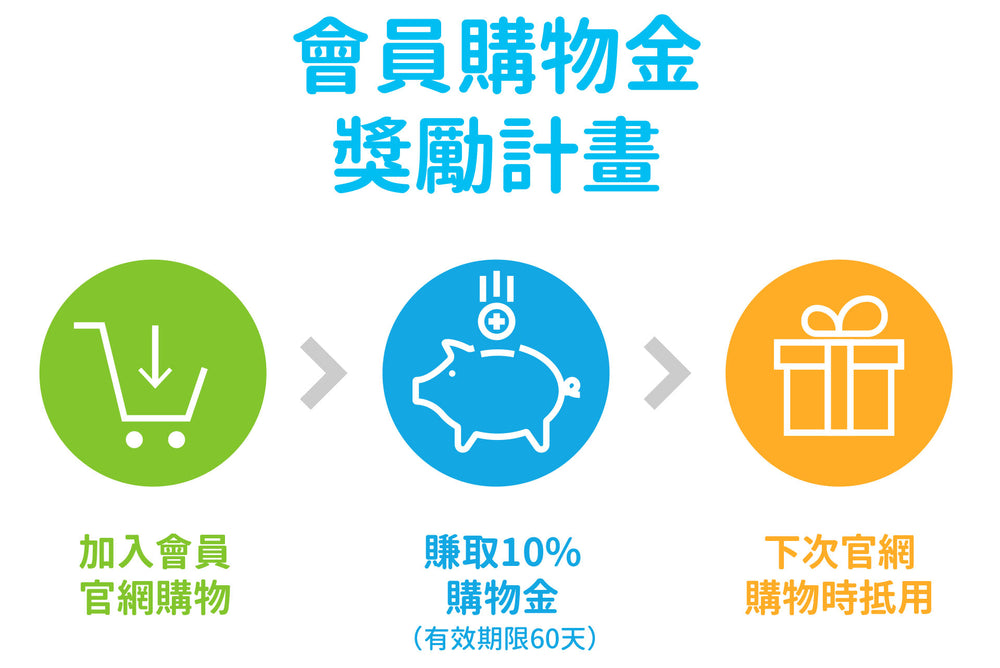
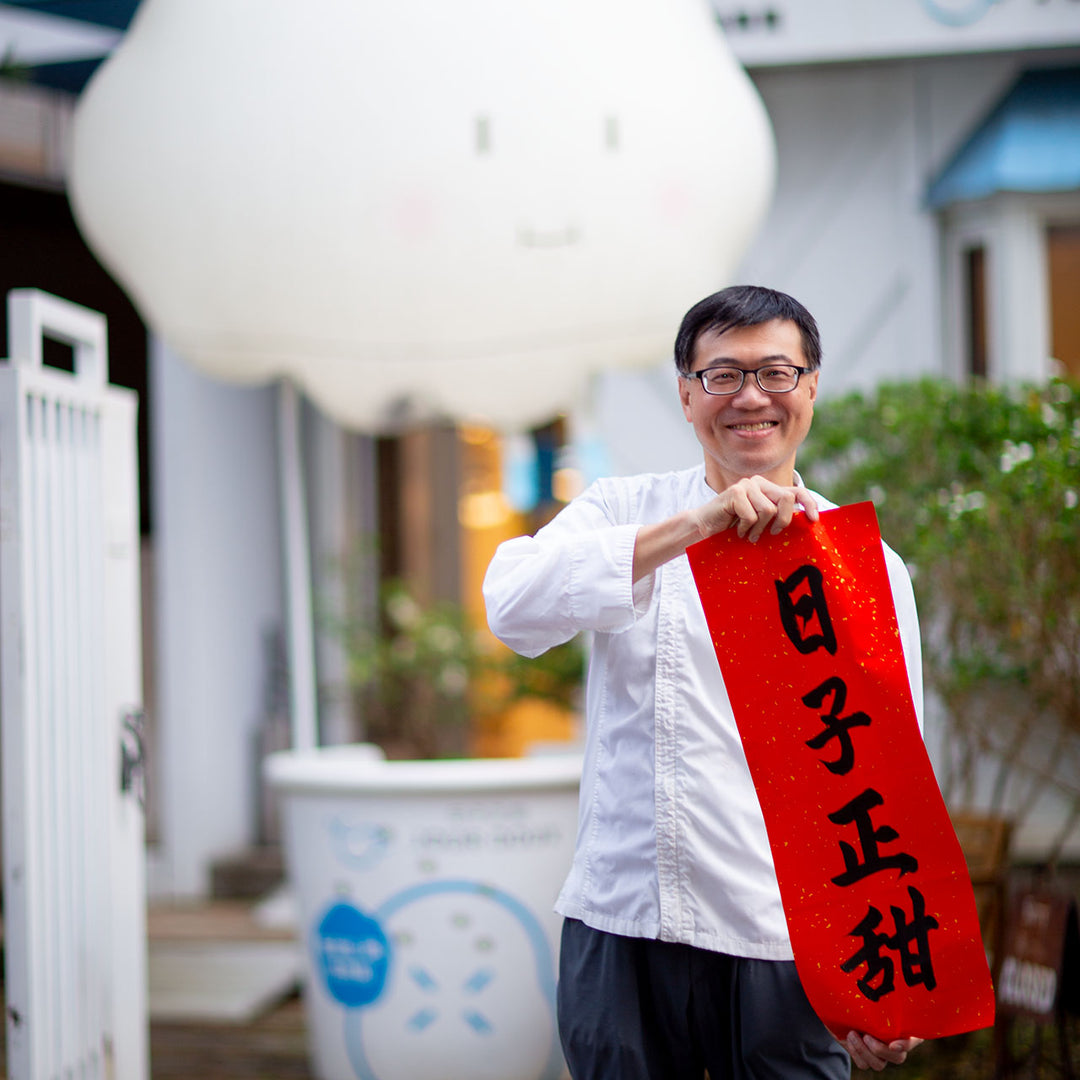
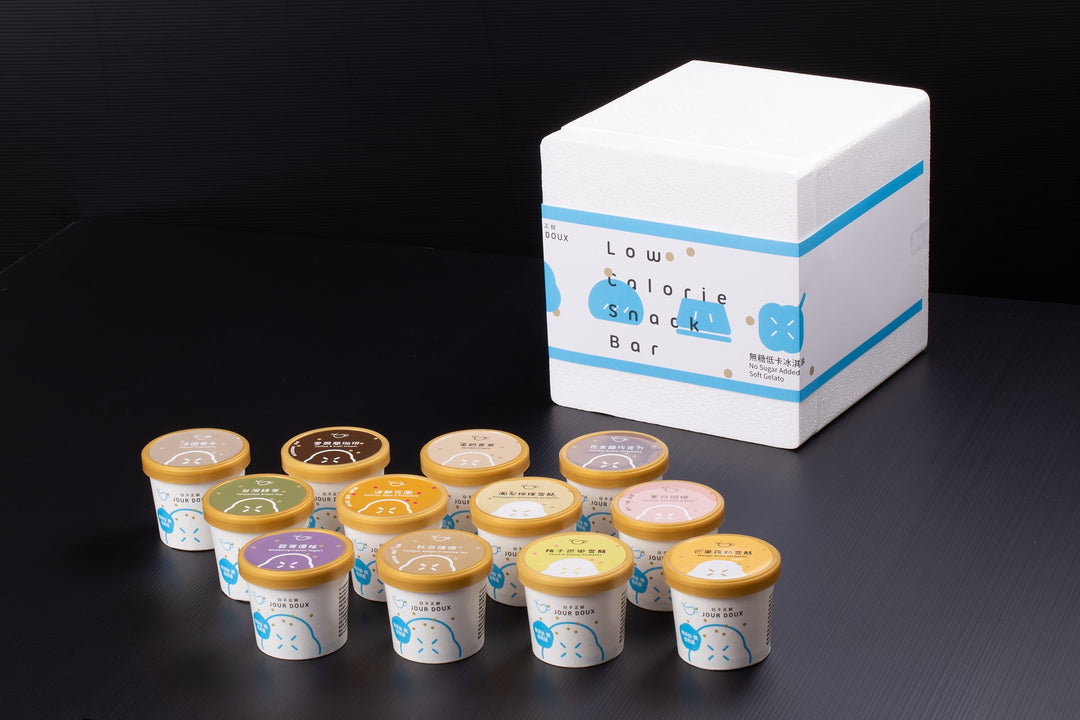

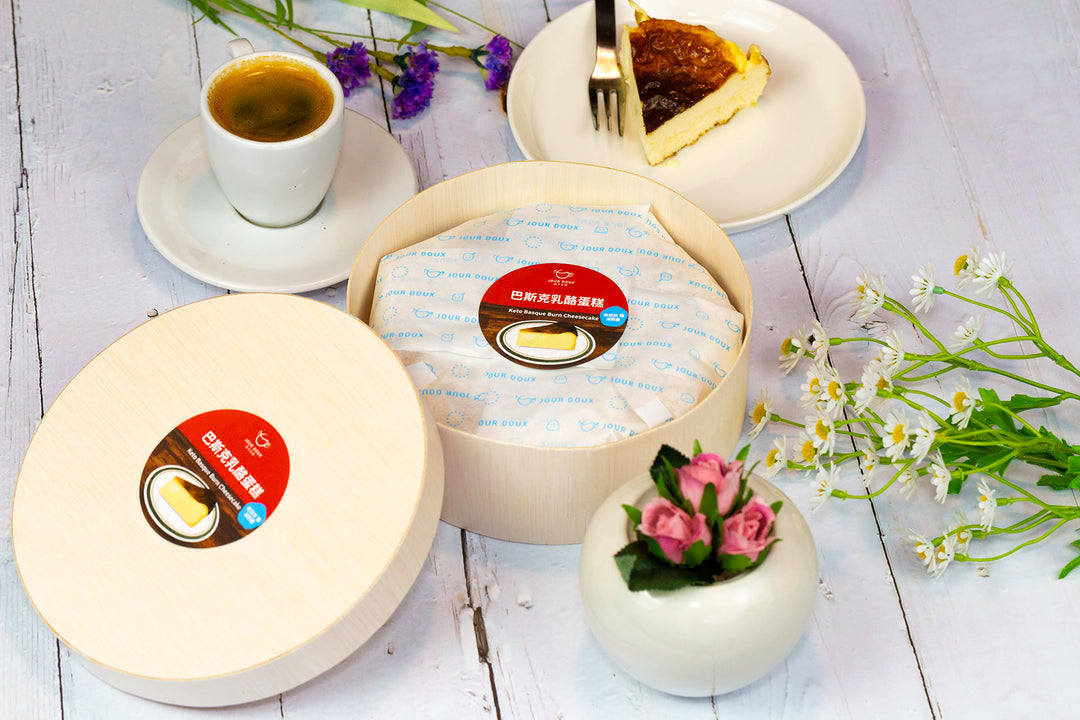
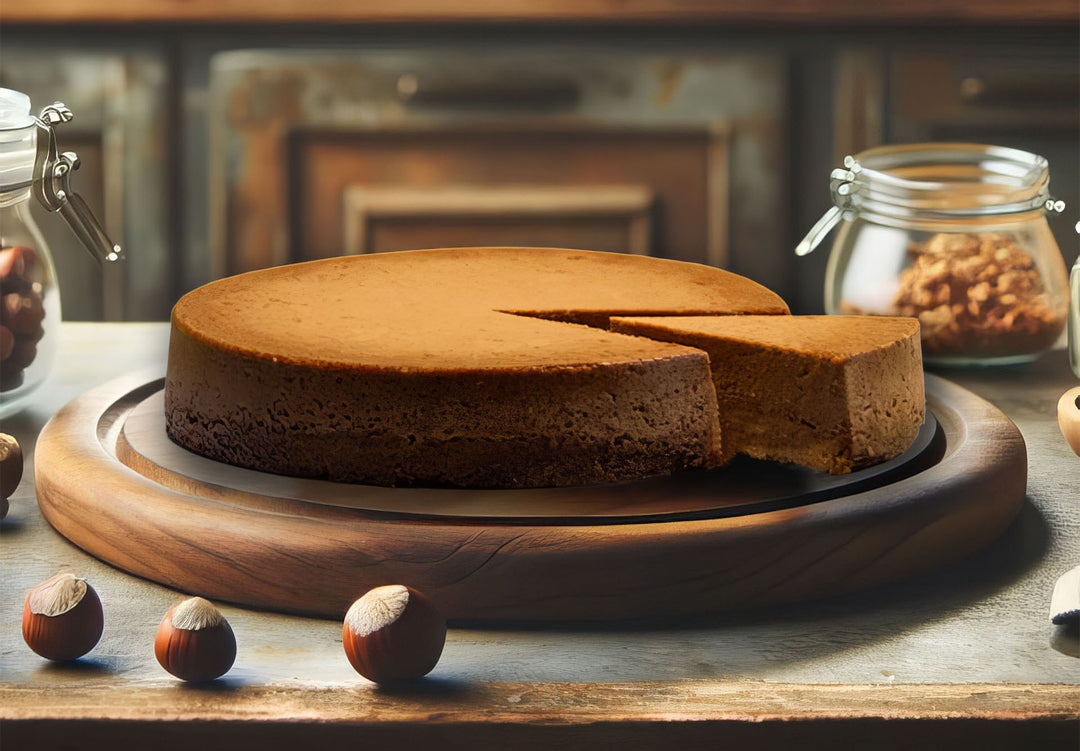

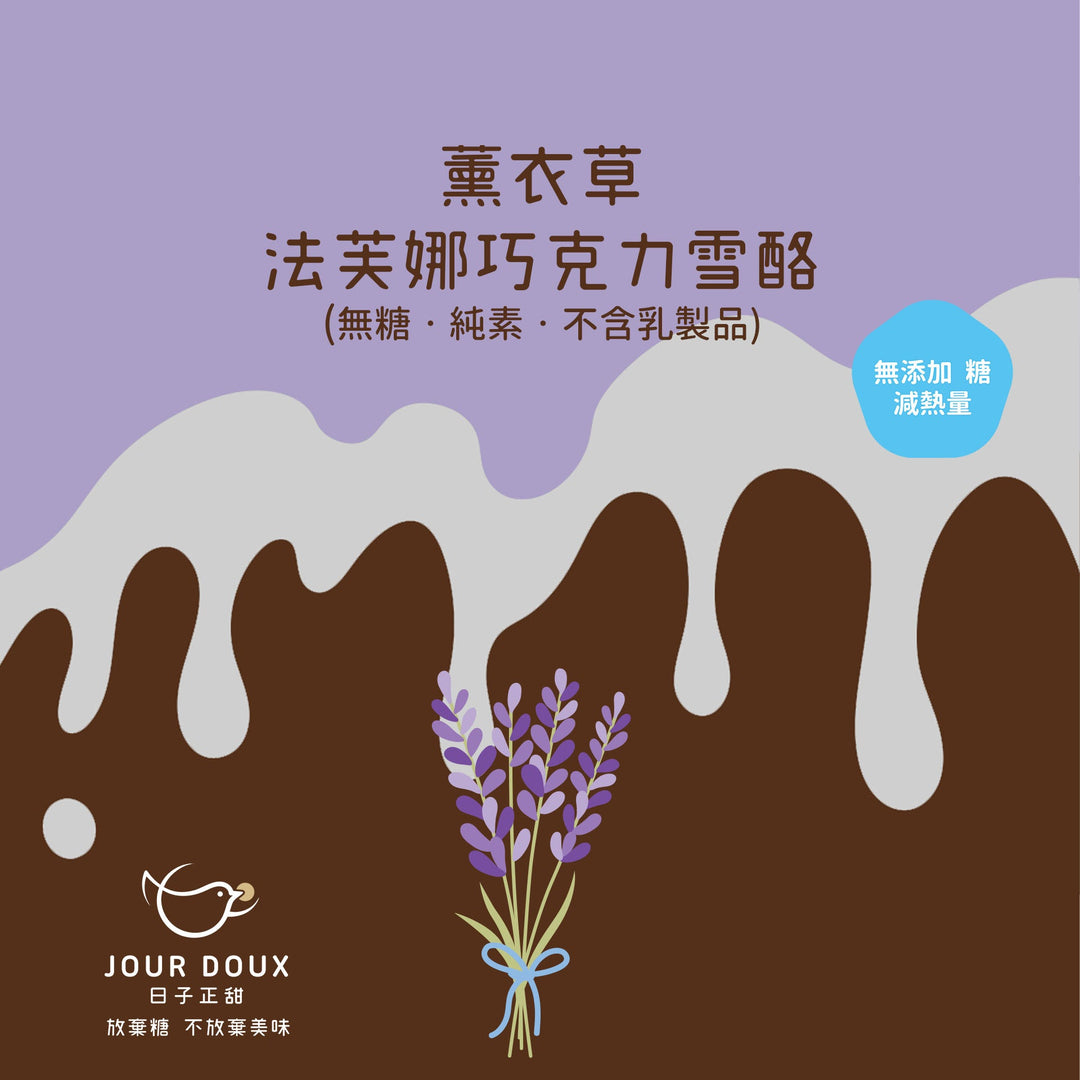
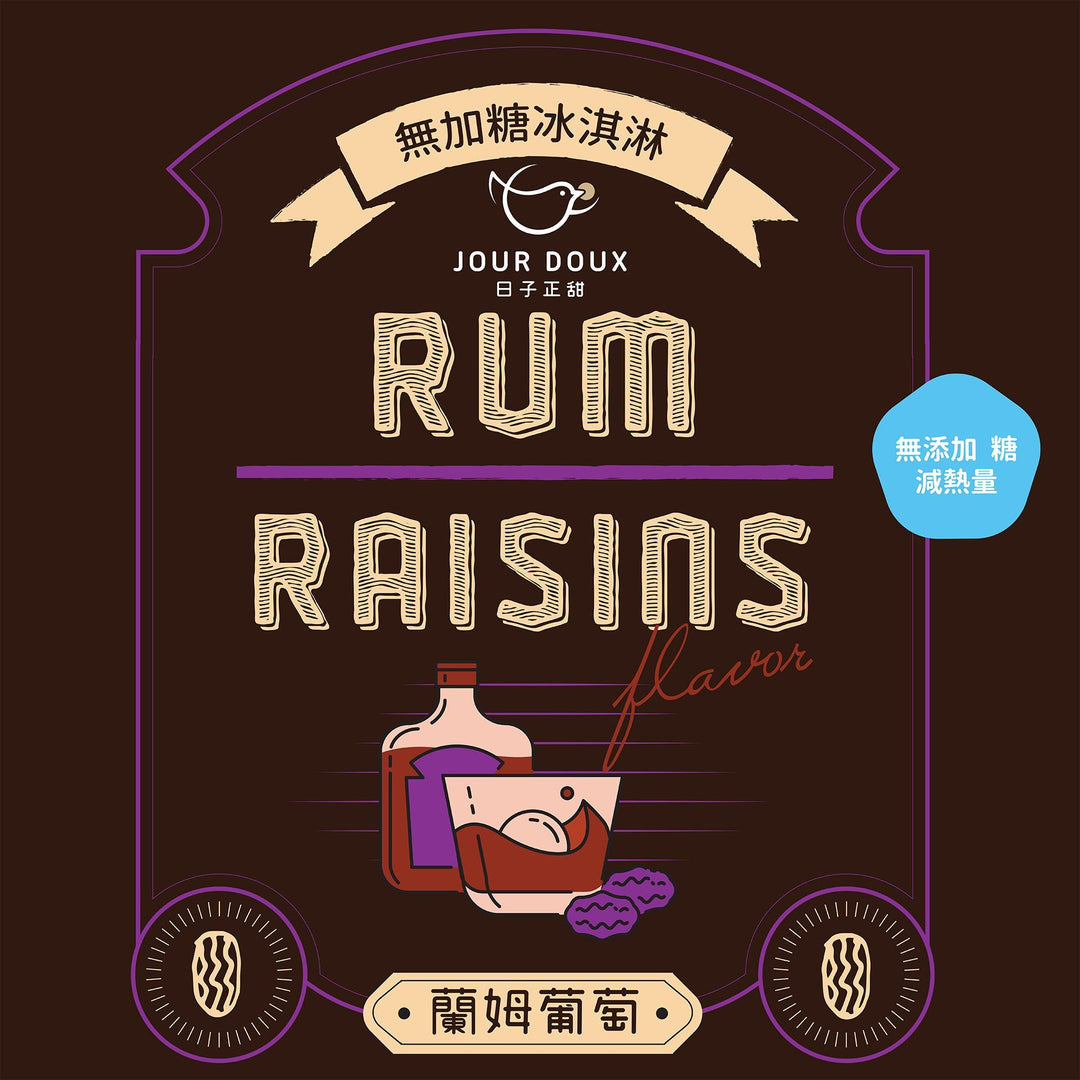
Leave a comment